 Your new post is loading...
 Your new post is loading...
Ever since the commercial Internet emerged, content has been at the center. Bill Gates, quite famously, declared that content is king and called it the “killer app” of the Internet age. Inspired, media executives and internet entrepreneurs alike sought to marry content and distribution to create the perfect business model.
The problem is, as I’ve noted before, that content is crap. Nobody walks out of a great movie and says, “Wow! That was some great content.” Nobody listens to content on their way to work in the morning. We never call anything we like “content,” the term is a mere fantasy in the minds of business planners.
That, in essence, is why despite the predictions of digital pundits, the TV industry has continued to prosper. Through a series of disruptions—cable, DVD and now streaming video—programing has continued to evolve. Now, with the cable business model starting to unravel, we can expect an explosion of creative energy that will usher in a new golden age of TV....
When viewers are engaged with what's on TV, they turn to Twitter to talk about it. While that may seem like a no-brainer, one implication might surprise you.
These research results show that the more engrossed a given viewer is, the more likely he or she is to tweet about it -- which contradicts the idea that social media is a distraction for the bored and disengaged. The results also support the notion that today’s consumers are truly looking to share their best experiences, even those they’re just watching on television.
All this hints at a future full of potential for advertisers, television producers and technology companies: one where shared experiences and contextual conversations make everything a little more personal and powerful....
Even at a time of fragmenting media use, television remains the dominant way that Americans get news at home, according to a new Pew Research Center analysis of Nielsen data. And while the largest audiences tune into local and network broadcast news, it is national cable news that commands the most attention from its viewers.
Almost three out of four U.S. adults (71%) watch local television news and 65% view network newscasts over the course of a month, according to Nielsen data from February 2013. While 38% of adults watch some cable news during the month, cable viewers—particularly the most engaged viewers—spend far more time with that platform than broadcast viewers do with local or network news....
Earlier this July, video technology company Unruly released the results of its 20-page study, “The Science of Sharing,” measuring the viral effects of 12 Super Bowl commercials. Using a complex algorithm from their sharing analysis tool, ShareRank, Unruly was able to identify the parts of each video that triggered the strongest viewer responses, and grade the advertisements on their overall shareability (see below). By doing this, Unruly was able to give an in-depth look at why some viral ads perform well online, while others don’t. ...
... “We don’t actually believe there is such a thing as digital video. It’s all just TV,” said Jon Heller, co-founder and co-CEO of FreeWheel, which works with companies to monetize content within the new media space. “No one buys kitchen television, in terms of advertising, the same way that they don’t buy living room television or bedroom television. It is all just TV.” The difference, he says, is that the audience now has more choices about when and where they watch, and the television industry needs to figure out how to deal with that diffusion.
One unanticipated side effect of this greater availability, according to the seventh annual Deloitte State of the Media Democracy survey, released earlier this year, is that the availability of more ways to watch content–like laptops, tablets and other mobile devices–may be growing the amount of television watched overall, instead of simply replacing one form with another.
“Our conclusion is, the individuals using tablets and smartphones tend to be much heavier media consumers across the board, and in particular tend to be heavier users of digital applications, such as streaming and downloading, even if they’re not using their tablet to do that,” Deloitte vice chairman and U.S. Media and Entertainment sector leader Gerald Belson told Wired....
In recent days media has been consumed by one Edward Snowdenwho revealed a Skynet-type infrastructure called Prism that the government is running. At the same time it appears as if traditional cable TV business is gearing up for a Game of Thrones-style war with many “kingdoms” that include Intel, Aereo, Netflix, Hulu, Amazon, YouTube and more. Are the cable TV walls about to crumble?
The war to bundle TV in a non-traditional way continues and big players are stepping up...
The TV Antenna Of The Future... Since Aereo launched, the television industry has been hoping to sue it out of existence. Early attempts to have the service shut down have been unsuccessful, thanks to legal logic that may well wind up saving Aereo in the end. Meanwhile, the networks are clamoring for a plan B, which, if you believe the claims of network execs, includes threats to pull out of broadcast TV all together. (Said threats are, of course, unbelievably stupid.) Aereo does not disrupt the core broadcast business model. When I'm watching TV shows on my iPad using Aereo, I'm still seeing all the commercials, just like I would if I tuned in via an antenna on my television set. The problem is, my antenna sucks. On a good day, I can get four or five channels to display clearly on my TV, and even that involves some finagling. It feels decidedly old-fashioned to be tinkering with an antenna just to watch NBC. By contrast, Aereo feels right at home in the 21st century. When you watch it, it doesn't feel like you're stealing anything. Instead, it feels like the service has restored your ability to conveniently tune into broadcast TV — an ability that's atrophied for years thanks to changing viewer habits and, consequently, expectations for picture and sound quality....
...Television is undergoing an analogous transformation. Although we sometimes watch with family or friends, we mostly experience TV in relative social isolation. We are disconnected from most of the people watching with us, deaf to the roar of the crowd during a game or the laughter of the audience after a punch line. We have learned to suppress our urge to talk about what moves us, settling instead for chance meetings at the water cooler the day after. But all that has changed with the sudden rise of realtime social media, particularly Twitter. Just in the United States, tens of millions of people are talking to each other as they watch TV. This year's Super Bowl alone spurred over 24 million tweets. After 80 years of sequestered viewing, television audiences worldwide have forged Twitter into a social soundtrack for TV. If you are not part of the soundtrack yet, chances are that you will be soon....
With little breaking news to propel the network's ratings, CNN last week had the fewest viewers in prime time in 20 years. The average was 395,000. This May has seemed to present special issues for CNN. One day last week, the network’s 9 p.m. program, hosted by Piers Morgan, hit what was very likely an all-time CNN low of just 39,000 viewers in the audience group sought by news advertisers, those ages 25 to 54. His ratings did bounce back two nights later to 175,000, a point he had some fun with in a post to Twitter: “My #CNN ratings rose 350% last night on Tuesday’s number. #HalfwitToGeniusIn48hrs)” Not only has there been the usual array of strong May programming on other networks (the broadcasters save their season and series finales for this month) but there has also been little of the breaking news that has traditionally helped push CNN’s numbers (a year ago, the raid that killed Osama Bin Laden made news in May).... [Biggest issue? Relevance to young viewers - JD]
|
I recently had a long conversation with Bob Gambert, a former TV news colleague of mine. It was sparked by a comment I made on Twitter that TV newsrooms should post original video content to Facebook instead of teases for newscasts and stories. He took exception, and the discussion eventually turned into a back and forth about the state of the TV industry. He’s of the opinion that social media should primarily be used to maximize profits. TV stations should display content where they can make money.
While I respect my friend and his point of view, I strongly disagree.
You hear plenty of others in the TV news industry – particularly higher-ups – sharing my friend’s opinion. (You also see it in practice on Facebook feeds and Twitter streams every day.) That’s an incredibly bad sign. It probably sounds familiar, because it’s the same attitude most people in print had about 15-20 years ago.
THE CLIFF IS APPROACHING.
That same disruption (or whatever catchy buzzword you want to use) is coming to TV news. And a person with his or her eyes open can see it coming from a mile away....
Every few months, I spelunk into the world of online indie television. It’s nearly always a disappointment: most series, even those which have managed to Kickstart up some hype, are half-baked and amateurish—more audition tapes than real productions. When I heard about “High Maintenance,” a Web series about a pot dealer in New York City, my expectations were calibrated low. Then I watched it. And I thought, Finally, finally, finally.
Each episode of “High Maintenance” is between six and fifteen minutes long, and the episodes are released in sets of three, every few months. Then the show streams for free on the indie video-sharing site Vimeo....
From time to time, media reports on the latest tectonic shift in digital devices and the associated increase in time we spend online are a prophesy - the death of all TV viewing is imminent. Statements like this one recently, "the steady increase in online traffic is cannibalizing TV viewing and effectiveness," have been uttered by pundits periodically over the past decade or more, driving hysteria throughout the industry with marketers left to wonder if it is truly and finally the end of TV advertising as we know it. Isn't it inevitable?
Turns out the answer is 'yes' and 'no'. TV viewing behavior has been permanently altered, and the change (while glacial vs. 'shock and awe') has been sweeping. That said, the net real effect on TV's pivotal role as THE video medium has been minimal – indeed, online viewing has been growing in tandem with not at the expense of overall TV viewing. BOTH online and TV platforms are witnessing record engagement numbers, with television still very much at the helm. Indeed, traditional, living room, TV consumption has grown year-over-year in the U.S., and continues to dominate as consumers seek out appealing entertainment and information[1]. W
ith growing consumer appetite for content and increasing dexterity with mobile devices, adoption of smartphones and tablets will continue to rise, but ALL indications are that television will remain the glowing centerpiece in the living room for the foreseeable future....
Rabbit TV, the latest entry into the Internet TV device market, has quickly reached over one million units sold only 18 weeks after its launch in the US, further demonstrating a growing consumer acceptance for Internet-based entertainment viewing.
FreeCast, the company behind the online television and movie network servicing Rabbit TV subscribers, has amassed what it claims the largest virtual content library and guide of freely available entertainment over the web. FreeCast also offers Rabbit TV subscribers a vast selection of newly released box-office hits, the latest cable episodes/series, live events, sports, and premium channels on a pay-per-view basis. The company is pursuing a true ‘a la carte’ select-and-pay offering for price-conscious consumers....
Advertising age and trendrr present the social-tv ecosystem chart 2.0.Last month Ad Age asked for reader input as we worked with our editorial partner Trendrr, the social-media monitoring firm, on updating our Social-TV Ecosystem chart -- a graphic representation of key companies in the sprawling social-TV space. Today, we're presenting the results of that collaboration.
The Fan TV offers live TV, DVR functionality, and access to video from around the web..? Fan TVA new gadget, called the Fan TV, has everything we want from a set-top box. While we don't know when it's coming out or how much it will cost, we do know one thing: It looks awesome. Just gotta have it!
The number of American pay TV subscribers cutting the cord to focus solely on Netflix, over the air, online, and other sources is growing faster than expected, according to the latest study from Convergence Consulting Group. Last year, the researchers predicted that 930,000 pay TV subscribers would cut the cord, but this year estimate that 1.08 million went ahead and did so. That represents 1.1% of pay TV subscribers, and means that between 2008 and 2012, 3.74 million (3.7%) of US TV subscribers cut their subscriptions.
The big-media guys know how to serve up video to you on any device, anywhere you are, anytime you want it. But keeping track of it is another issue. “TV Everywhere” is supposed to let the traditional TV business hang on to the status quo, by promising viewers they can watch whatever they want, whenever they want it.
As long as they keep paying for TV.
But even if consumers go for that deal, the TV guys need to make sure that advertisers buy in, too.
And that won’t happen until the TV guys can get some basic stuff right. Like counting eyeballs, no matter where they watch a show.
That could still take a while....
What local TV newsrooms are pinning on Pinterest... Still not quite sure what to pin on your newsroom’s Pinterest boards? That’s OK, it’s a work in progress for just about everyone. But we are starting to see some trends with early adopters in local TV stations around the country. So if you’re looking for some (p)inspiration… here are the top 5 types of Pinterest Boards being used by newsrooms right now:...
|



 Your new post is loading...
Your new post is loading...

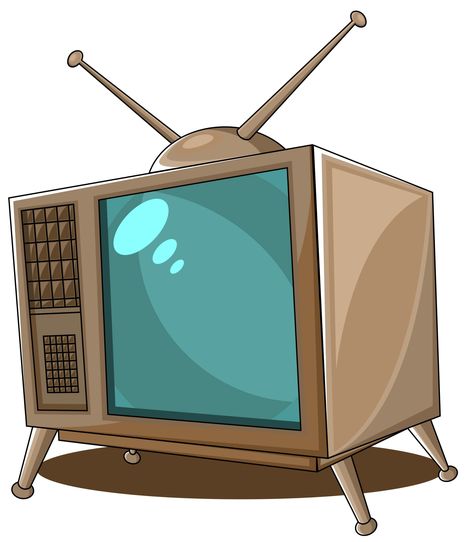




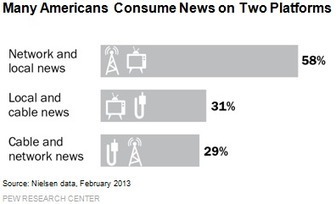
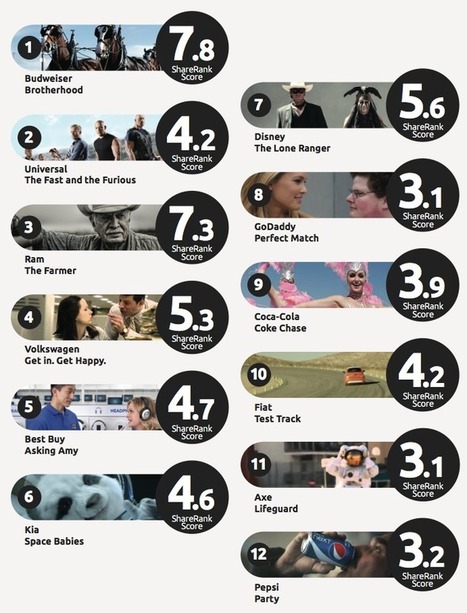

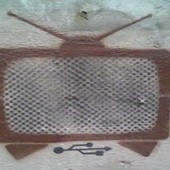

![Why I Need Aereo TV — And You Do, Too [Review] | ReadWrite | Public Relations & Social Marketing Insight | Scoop.it](https://img.scoop.it/nGaingPsnXmY8PuUyoHDPzl72eJkfbmt4t8yenImKBVvK0kTmF0xjctABnaLJIm9)
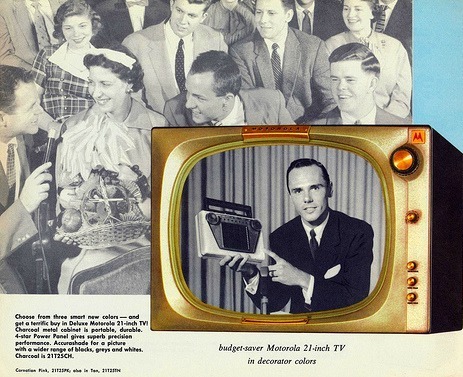

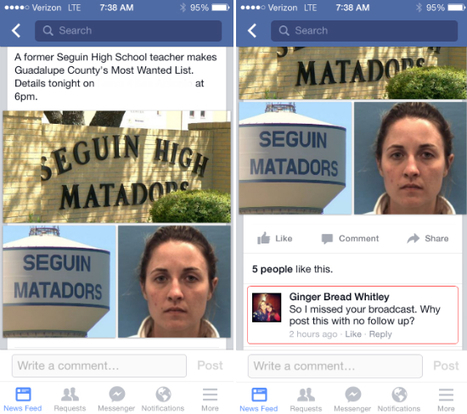

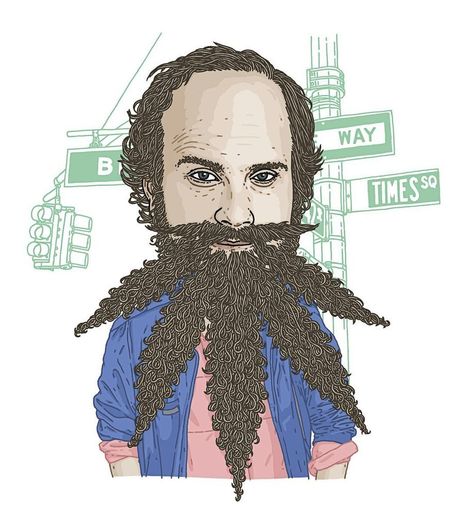
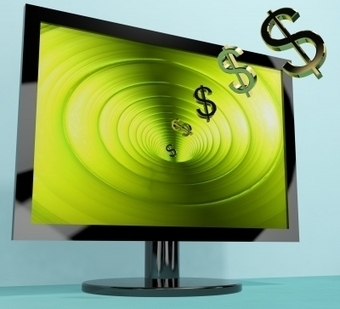













Gregg Satell looks at the new age of TV coming soon. Recommended reading. 9/10